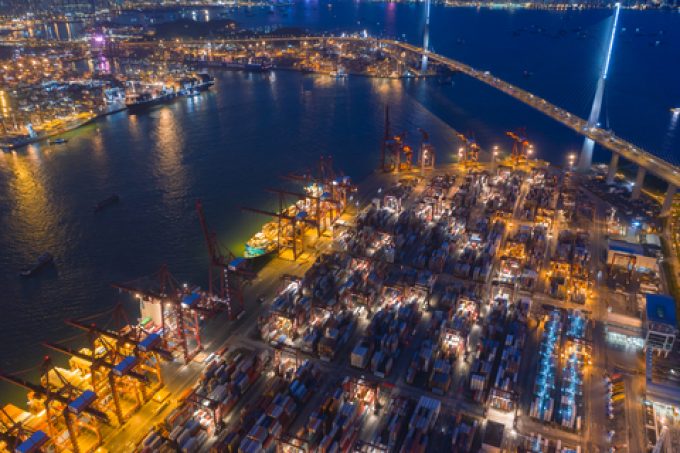Good start for Gemini, liner schedule reliability data reveals
New data from liner analysts at Sea-Intelligence Consulting has confirmed early schedule reliability figures for ...

Hong Kong’s status as one of the world’s premier container gateways and transhipment hubs is now well on the way to becoming a thing of the past, after its exclusion as a port of call from a range of east-west alliance services.
Last week, the remaining members of THE Alliance – ONE, Yang Ming and HMM – took the novel step of announcing the VSA’s planned transpacific network for 2025, with eagle-eyed liner analysts noting that Hong Kong had been removed ...
'Disastrous' DSV-Schenker merger would 'disrupt European haulage market'
New senior management for DSV as it readies for DB Schenker takeover
Volumes set to 'fall off a cliff' as US firms hit the brakes on sourcing and bookings
Asian exporters scramble for ships and boxes to beat 90-day tariff pause
Amazon pushes into LTL for small package fulfilment and UPS does a u-turn
Temporary tariff relief brings on early transpacific peak season
Pre-tariff rush of goods from US to China sees air rates soar, but not for long
Forwarders 'allowing the fox into the chicken run' by supporting 'hungry' carriers

Comment on this article